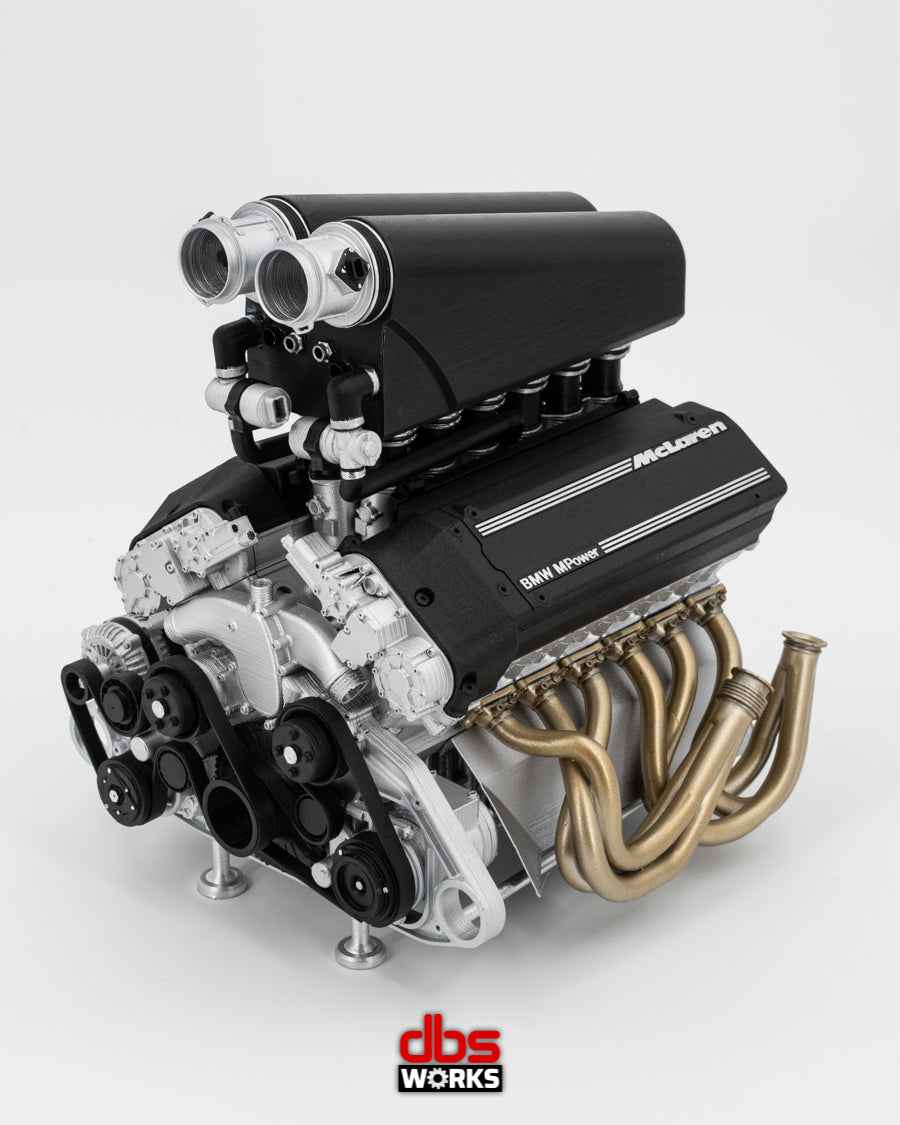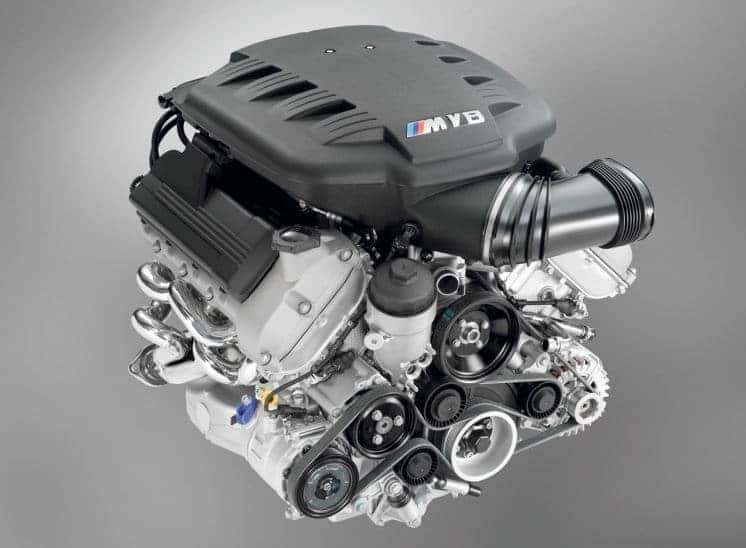Why the BMW Engine Is Thought About Among the most effective in Luxury Cars
Why the BMW Engine Is Thought About Among the most effective in Luxury Cars
Blog Article
Discovering the Evolution of Combustion Engines in Modern Transportation Solutions
As we navigate the landscape of modern transport, the evolution of burning engines stands as a testimony to human ingenuity and design prowess. The interaction of history, technology, and environmental worries in forming the trajectory of burning engines develops a story that is both engaging and informative.
Very Early Beginnings of Combustion Engines
How did the concept of combustion engines very first arise in the very early stages of transport development? The origins of combustion engines can be mapped back to the 17th century when the concepts of internal combustion were very first discovered.
The development minute included the invention of the initial successful gasoline-powered engine by Karl Benz in 1885 - bmw engine. This engine led the way for the advancement of the contemporary automobile, transforming transport systems worldwide. Subsequent developments by Nikolaus Otto and Gottlieb Daimler further refined combustion engine innovation, leading to the mass manufacturing of cars and the rapid growth of the transport industry
These very early combustion engines were identified by their simplicity and performance, laying the foundation for the complicated and effective engines utilized in modern transportation systems. The evolution of combustion engines has contributed in forming the way we take a trip and deliver products, marking a significant milestone in the background of transportation advancement.
Change to Internal Combustion Technology
The transition to interior combustion innovation noted a pivotal shift in the evolution of transport systems. This shift started in the late 19th century, with innovators like Nikolaus Otto and Gottlieb Daimler creating the very first effective inner burning engines. These engines revolutionized transport by supplying an extra reliable and powerful alternative to steam engines and electric motors.
One of the vital benefits of inner burning engines was their ability to be scaled down to match automobiles, leading to the development of motorcycles and vehicles. This change from cumbersome, stationary engines to small, mobile ones led the way for the modern transport systems we see today.
The change to interior combustion modern technology additionally spurred developments in gas technology, resulting in the growth of gas and diesel as primary gas resources for cars. This change not only made transportation much more obtainable to the masses yet additionally laid the foundation for the oil and gas sector to come to be important to worldwide economic situations.
Influence of Combustion Engines on Transport
The adoption of burning engines in transport systems militarized a profound change in the effectiveness and speed of global flexibility. Burning engines transformed transportation by offering a flexible and trustworthy source of power for numerous vehicles, including vehicles, ships, trucks, and airplanes. This technology dramatically enhanced the capability for products and individuals to move over long distances in much shorter amount of time, resulting in raised connection between areas and nations.
Additionally, the prevalent use combustion engines has actually had a considerable effect on economic advancement. The ability to transport products efficiently has actually spurred trade and commerce, enabling organizations to broaden their markets and reach consumers worldwide. This has facilitated economic growth and globalization, as products can currently be carried faster and in larger quantities than ever.
Nevertheless, the ecological effect of burning engines can not be ignored. The combustion of nonrenewable fuel sources has caused air contamination and greenhouse gas emissions, adding to climate change and posing wellness threats to populaces. bmw engine. Because of this, there is an Click This Link expanding emphasis on establishing alternative propulsion modern technologies to mitigate these negative impacts and develop a more lasting future for transport
Developments in Combustion Engine Style
Countless improvements in combustion engine layout have driven the development of transport systems over the decades. One remarkable advancement is the growth of turbocharged engines, which make use of exhaust gases to drive a generator that presses incoming air, permitting even more fuel to be scorched, causing increased power result without a significant rise in engine dimension. Additionally, direct shot technology has enhanced fuel efficiency and efficiency by exactly controlling the amount and timing of gas injected into the burning chamber. Variable shutoff timing systems have actually also revolutionized engine layout by optimizing air movement at various engine speeds, enhancing both power and efficiency. An have a peek at this site additional considerable innovation is the combination of lightweight products such as carbon fiber and aluminum alloys, lowering overall engine weight and improving automobile gas economic situation. In addition, developments in computer-aided design have made it possible for designers to maximize engine performance and performance with simulations before physical models are built, saving time and sources in the advancement procedure. These technologies jointly add to the continual enhancement of burning engines in modern-day transport systems.
Future Patterns in Burning Engine Advancement
With modern technology improvements driving constant development, the future of burning engine development is poised to revolutionize transport systems worldwide. Among the crucial patterns in combustion engine advancement is the press in the direction of better efficiency and reduced emissions. Suppliers are investing heavily in research study and growth to boost engine efficiency while fulfilling stringent ecological regulations. This includes the assimilation of innovative gas shot systems, improved turbocharging methods, and using light-weight materials to optimize gas intake and lower carbon emissions.
An additional prominent fad is the fostering of hybrid technologies in combustion engines. Hybrid engines integrate traditional burning technology with electrical power, offering boosted gas efficiency and lower discharges. As the automotive industry shifts towards electrification, crossbreed combustion engines are seen as a transitional remedy that connects the gap between conventional vehicles and totally electric ones.
Furthermore, the assimilation of wise modern technologies, such as artificial intelligence and data analytics, is expected to play a significant duty in the future of burning engine growth. These technologies can maximize engine efficiency in real-time, resulting in much more efficient combustion processes and enhanced overall automobile performance. Embracing these future fads will certainly not just drive advancement in combustion engine development however additionally add to a more environmentally friendly and lasting transportation ecosystem.

Conclusion
Finally, the advancement of burning engines in modern-day transportation systems has actually been marked by considerable developments in technology and layout. From the very early beginnings of combustion engines to the change to interior burning innovation, these engines have actually had an extensive influence on transport. Technologies navigate to this site in combustion engine style continue to drive development in this area, with future fads focusing on more improving effectiveness and reducing emissions. The future of burning engines in transportation looks encouraging as r & d initiatives remain to press borders.
The roots of combustion engines can be mapped back to the 17th century when the concepts of interior combustion were first discovered. These engines changed transportation by providing a much more reliable and effective option to steam engines and electrical motors.

Report this page